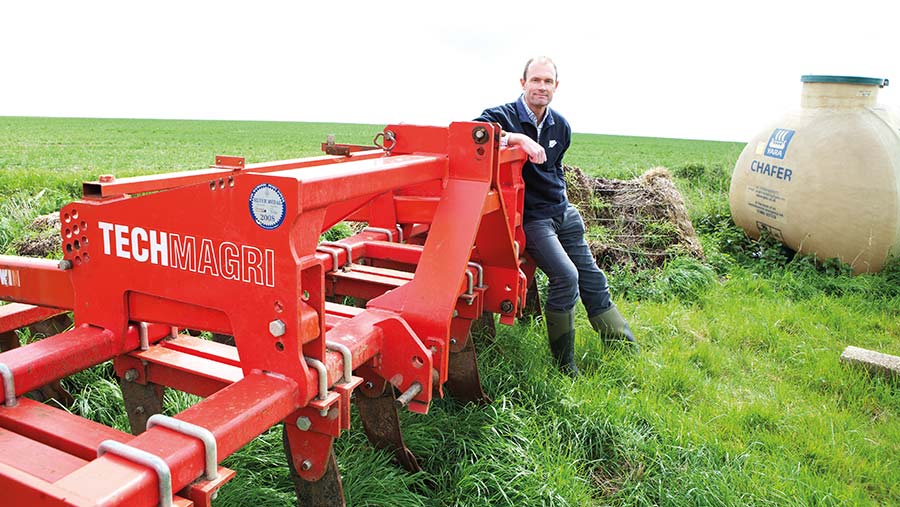Farmer Focus: Is it time for agronomy business to change?
 © Alexandra Joseph
© Alexandra Joseph I’m currently using the Assist environmental planning tool to start examining Countryside Stewardship options. This is with a view to applying for another scheme, safe in the knowledge that I can move over to the new Environmental Land Management (ELM) setup if – sorry, when – it gets up and running.
Not only do I enjoy bringing more diversity to the farm flora and fauna, but I believe it makes good economic sense.
Twenty-five years after entering my first scheme, I’ve found from personal experience and independent scientific evidence that a variety of options can improve my soil and ultimately my bottom line. These being: biological pest control, resilience to extreme weather events, and integrating livestock.
See also: Should farmers grow spring barley for malt or feed this year?
Perhaps the tools we have been using have simply been too powerful. This could be leading to their own demise via resistance or legislation, as we have become too reliant on simple fixes in complex ecosystems.
We may well have to employ a much wider variety of methods going forward, so why not get paid for them, especially if it puts us on the right side of consumer trends?
However, if we are to be paid on results and Daera want good uptake, they will need to build a profit into payment rates to correspond to the risk.
What we could do with is wider advice from our agronomists. For example, on how best to design environmental features to give maximum benefit to our crops as well as maximum production of public goods.
It will be great if we start to change from synthetic products that kill off problems to naturally occurring ones that enhance crop-friendly biota, but I’m concerned that this is still relying on the old way of thinking, of applying a product to tackle an issue, rather than designing a system that prevents the issue in the first place.
We may need to see a change in the agronomy business model, from selling products to selling knowledge.

